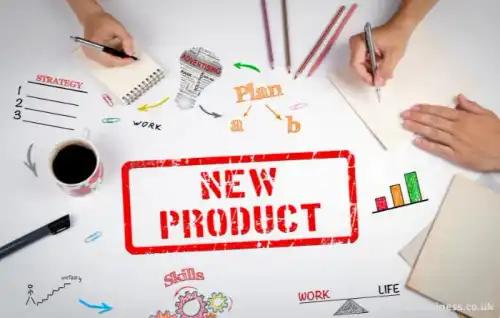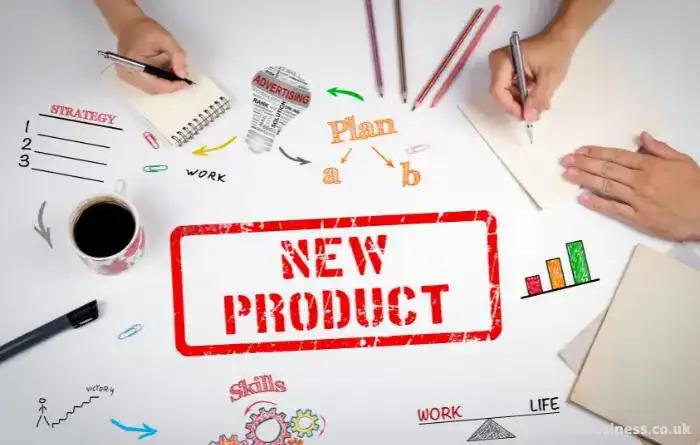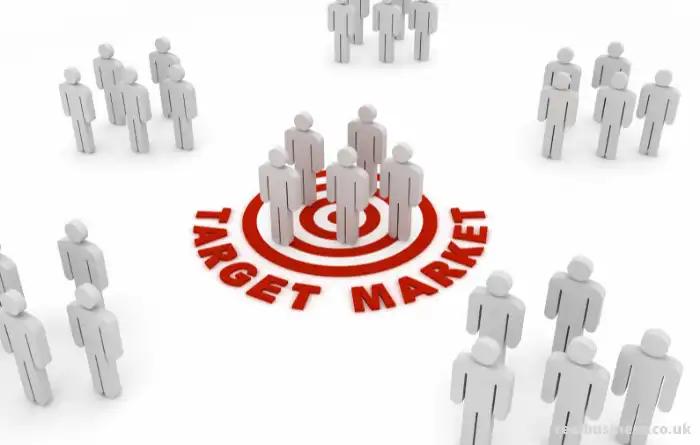Explore the World's Best Ideas
Join today and uncover 100+ curated journeys from 50+ topics. Unlock access to our mobile app with extensive features.
Make sure your product is ready
Make sure that the item itself is ready to go to market. It’s no use approaching buyers if there are issues with durability or design which need fixing before production can begin in earnest.
Conduct testing which usually happens in various stages and typically involves:
- Design testing and quality control checks to ensure that the product is fit for purpose and works as intended
- Trials to see how well the target market responds to your idea
- Customer surveys focus groups and blind testing
- Production testing to make sure there are no issues with the manufacturing processes or supply line
30
214 reads
Obtain intellectual property protections
Secure appropriate legal protections such as trademarks, copyrights, or patents to ensure that you won’t have any direct competition
These protections will give you the sole right to produce and sell your product.
2 types of patents:
- Utility patents are the most valuable as they protect how something works which is crucial if your product offers some kind of unique functionality to customers.
- Design patents provide protection for your product’s distinct visual appearance, which isn’t always essential if your design is relatively simple or doesn’t have a major aesthetic component.
31
77 reads
Get the price of manufacturing down 🔻
If your product costs more to produce than it does for the retailer to sell, then there’s no point trying to get it into stores. Retailers want at least two or three times markup on the wholesale price that they will pay for your items, so you need to work out how much this is and ensure that the price of manufacturing reflects this level of profitability.
Some retailers may also require minimum order quantities (MOQs) which must be met before an item will go onto store shelves
28
75 reads
Focus on your branding
You need to ensure that your product has a strong brand identity that is consistent across all touchpoints from the label, packaging, website, and other communications.
This will give consumers an idea of what they can expect if they buy into your brand and will make them more likely to purchase your products.
Too complex or difficult to understand branding is unlikely to get many sales in-store.
33
125 reads
Identify your target market
Working out who your target customers are will help you to identify the stores which are most likely to want to stock or sell your product, as well as being able to tailor promotional materials and marketing approaches for that demographic group.
Retailers will also prefer it if there aren’t too many similar items on their shelves competing for customer attention so make sure that you have done thorough competitor research to ensure that you are filling a gap in the market.
30
60 reads
Devise a sales and marketing strategy
Digital marketing has become the most effective way to build customer awareness and engagement with new products and companies. This includes blogging, social media marketing, email campaigns, video content creation, website design, and search engine optimization.
Building a strong customer base before you start pitching to retailers will show them that there is interest in your product and that it will be worth their while stocking it.
35
151 reads
Find the right distributors
Many retailers will only deal with distributors, so you need to find one that is well-suited to your product and target demographic. It’s important here not just to consider the size of the distributor but also their reputation in terms of customer service and ability to deliver on time.
Make sure that you are aware of all legal requirements regarding distribution such as safety testing certificates for children’s products or other certifications which must be included if importing from overseas markets.
29
48 reads
Develop a winning sales pitch
A winning sales pitch needs to be both compelling and comprehensive, so you need to wow retailers but also satisfy them in terms of the numbers.
Making sure that you have calculated projections, profit margins, deliverable quantities, and supply times are all key because there is nothing that retailers hate more than businesses that don’t know their numbers.
This will involve analyzing historical data from similar products within the industry as well as consumer research conducted beforehand
41
172 reads
Match your product to the right stores
Your retail strategy needs to match the marketability and USP of your product with the right store. This means considering factors such as the location of a store, how it fits into the local community, and whether or not your product will be appealing to its customers.
You may find that retailers are only interested in stocking products from companies that have been trading for several years, while other stores might want smaller lines that they can build up over time.
28
34 reads
Frequent trade shows
They are a great way to meet potential buyers, network with retailers, and also check out what the competition is doing.
some important things to consider:
- Make sure your stand looks professional and well designed – It’s important to make a good first impression.
- Be prepared for tough questions – If your product is new then you may have to be open about the fact that it’s not selling very well yet.
- Prepare samples of your product – Make sure your samples are finished and look professional so that the buyer can easily see their potential.
28
48 reads
Partner with other brands and companies
By partnering with other brands and companies that already have established relationships within the industry, you can offer them a percentage of sales or profit from each sale made through their distribution channel.
This usually works best if it’s between complementary products rather than competitors trying to sell direct-to-consumer through the same retailer channels giving both parties access to more consumers without stepping on each other’s toes.
28
60 reads
IDEAS CURATED BY
Kelsey Smith's ideas are part of this journey:
Learn more about marketingandsales with this collection
How to analyze churn data and make data-driven decisions
The importance of customer feedback
How to improve customer experience
Related collections
Similar ideas
Read & Learn
20x Faster
without
deepstash
with
deepstash
with
deepstash
Personalized microlearning
—
100+ Learning Journeys
—
Access to 200,000+ ideas
—
Access to the mobile app
—
Unlimited idea saving
—
—
Unlimited history
—
—
Unlimited listening to ideas
—
—
Downloading & offline access
—
—
Supercharge your mind with one idea per day
Enter your email and spend 1 minute every day to learn something new.
I agree to receive email updates


